Hanoi: Gia Lam warehouse fire next to gas station, goods burned, people left empty-handed
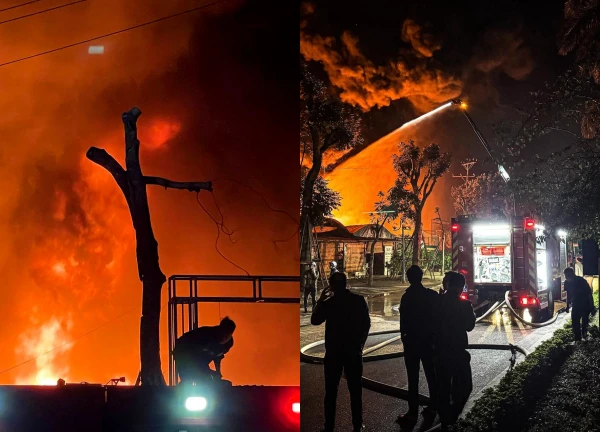
2 | 0 Discuss | Share
Landing on the Moon is the most iconic achievement of the 20th century. But few people know that before Neil Armstrong took his first steps on this land, there was an almost identical "practice" flight, carried out just two months before.
That flight was called Apollo 10, and May 20, 1969 - exactly 55 years ago - marked the moment the spacecraft returned safely to Earth, ending a breathtaking journey that paved the way for a historic milestone.
The Apollo 10 mission was the fourth manned flight in the Apollo program and the first to perform a complete lunar landing scenario, excluding the touch-down.
Three astronauts, including Commander Thomas P. Stafford, Command Module Pilot John W. Young and Lunar Module Pilot Eugene A. Cernan, were assigned to perform all the operations of separating - operating - controlling - connecting the modules in space, similar to a real landing.
The lunar module (LM), nicknamed "Snoopy", was lowered to just 15.6 km above the lunar surface, roughly the altitude of a current commercial flight.
However, because they did not have enough fuel for the landing - as planned - the crew was not allowed to "take the final step", but had to ignite the engine to bring Snoopy back to the orbiting "Charlie Brown" command module.
The goal of Apollo 10 was not just to fly close to the Moon. The mission was described by NASA as a "stage dress rehearsal" to test all systems, equipment, procedures, emergency scenarios, and coordination between onboard and ground teams.
During the separation of the lunar module from the command module and its return, the crew performed a series of complex maneuvers that had never been fully tested in a real-world environment until then.
Notably, during that test, a near-catastrophic situation occurred: while preparing to reconnect, Snoopy suddenly lost control, spinning several times in space. Astronaut Eugene Cernan later recalled that "for a split second, I thought we were going to crash into the Moon".
Fortunately, pilot Thomas Stafford quickly took manual control and stabilized the ship. The incident became a great lesson, and contributed to adjusting the parameters for the automatic control system on the following missions.
After completing its mission, Apollo 10 returned to Earth and landed safely in the Pacific Ocean on May 20, 1969, ending a nearly 8-day flight with a total journey of more than 1.6 million km.
The remarkable thing is that when re-entering the atmosphere, Apollo 10 reached a speed of up to 39,897 km/h - the fastest in any manned flight ever. This speed is equivalent to nearly 11km per second, making the re-entry process extremely hot and dangerous.
However, the ship's heat shield system worked perfectly, helping to bring the three astronauts back to Earth safely to the joy of the whole world.
Although not as historic as Apollo 11, Apollo 10 is considered by scientists and space experts to be a vital step. Without the tests, simulations and actual operations from this mission, Armstrong's flight might not have gone as smoothly as we know it.
It was John Young - the command module pilot of Apollo 10 - who later became the commander of Apollo 16, and Eugene Cernan would be the last man to walk on the Moon during the Apollo 17 mission.
Apollo 10 was like a quiet pioneer, enduring much pressure but playing an indispensable role in the epic of human conquest of space.
An interesting point in Apollo 10 is the naming of the two modules of the spacecraft: "Charlie Brown" for the command module and "Snoopy" for the lunar module - both inspired by the famous American comic strip "Peanuts".
NASA has used Snoopy as a friendly symbol to promote space activities - making complex and unfamiliar technologies more accessible to the public. And thanks to that approach, NASA has built trust and love from millions of Americans as well as around the world.
The mystery of the universe's 'cry for help', 'conflicts' between planets, science decodes 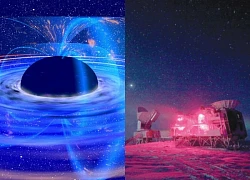 Sông Trăng22:49:20 12/05/2025Collisions between giant planets not only leave physical traces but also create seismic waves that last for millions of years, and we can still hear them. Scientists have begun to decode the mysteries of the cry for help from the universe.
Sông Trăng22:49:20 12/05/2025Collisions between giant planets not only leave physical traces but also create seismic waves that last for millions of years, and we can still hear them. Scientists have begun to decode the mysteries of the cry for help from the universe.

2 | 0 Discuss | Share
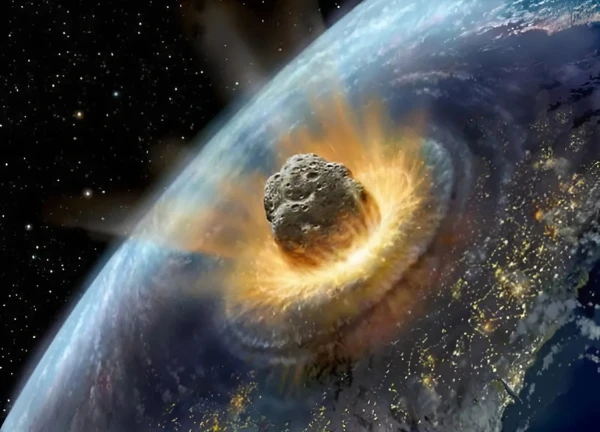
4 | 0 Discuss | Share
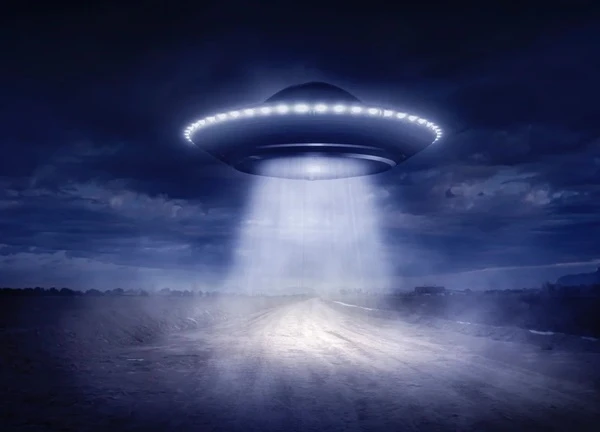
1 | 1 Discuss | Share

1 | 1 Discuss | Share

3 | 0 Discuss | Share

2 | 0 Discuss | Share
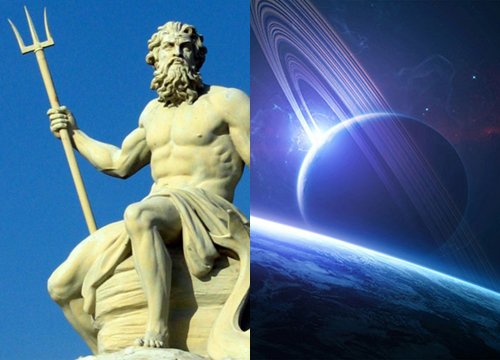
5 | 0 Discuss | Share
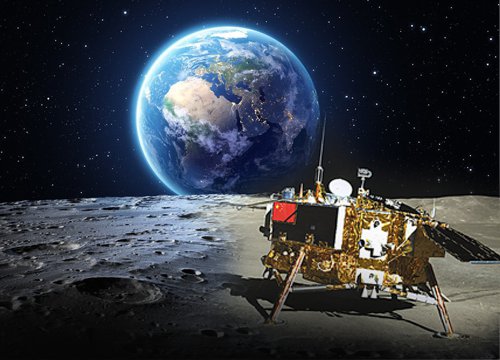
4 | 0 Discuss | Share
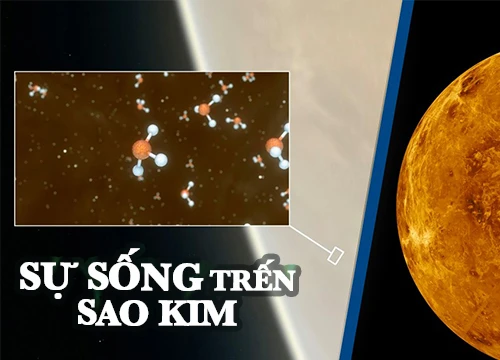
3 | 0 Discuss | Share

5 | 0 Discuss | Share

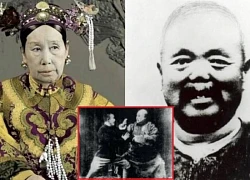
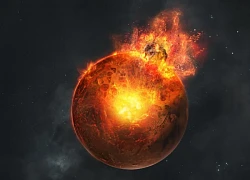
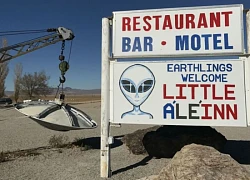
1 | 0 Discuss | Report